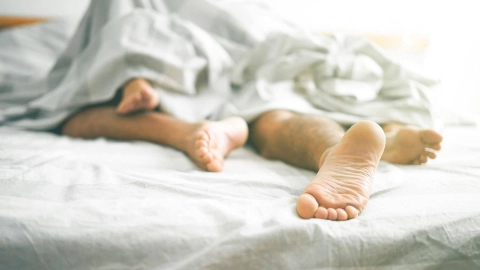ICD-Code B85.4: Mixed pediculosis and phthiriasis
You have different types of lice.
Lice are parasites that are nourished by human blood. Parasites are small creatures that, at least for periods of time, live off other creatures. In humans they can cause illnesses. There are different types of lice that can infect humans. You can become infected through close physical contact with lice, for example.
You can be infected by head lice via objects of shared use, such as brushes, combs or hats. Body lice mainly occur in the tropics and where hygiene conditions are poor. Body lice live on textiles near the body, which they only leave to feed on blood. You mainly catch body lice from infected clothing, towels or bedding. Pubic lice infect pubic hair around the genitals and rectum. However, hair on the chest, in the armpits and on the face can also be affected. You can become infected by pubic lice through sex. However, you can also catch them from objects of shared use, such as clothing, towels or bedding.
Head lice are mainly found at the back of the head, on the neck, behind the ears and at the temples. The white eggs attach themselves to hairs, near the hairline. The eggs are also known as nits. The head lice can cause small red papules in the scalp.
In contrast, body lice leave small red bite marks that look like a pinprick. Red bumps can also appear, especially on arms and legs. If the eyelashes are infected, the eye concerned can burn or itch.
Pubic lice can cause bluish-gray or red spots on the stomach, buttocks and thighs.
Lice can cause severe itching, particularly at night. The skin can become inflamed through scratching. Then the skin can get infected by other pathogens such as bacteria or fungi.
Additional indicator
On medical documents, the ICD code is often appended by letters that indicate the diagnostic certainty or the affected side of the body.
- G: Confirmed diagnosis
- V: Tentative diagnosis
- Z: Condition after
- A: Excluded diagnosis
- L: Left
- R: Right
- B: Both sides
Further information
Source
Provided by the non-profit organization “Was hab’ ich?” gemeinnützige GmbH on behalf of the Federal Ministry of Health (BMG).

